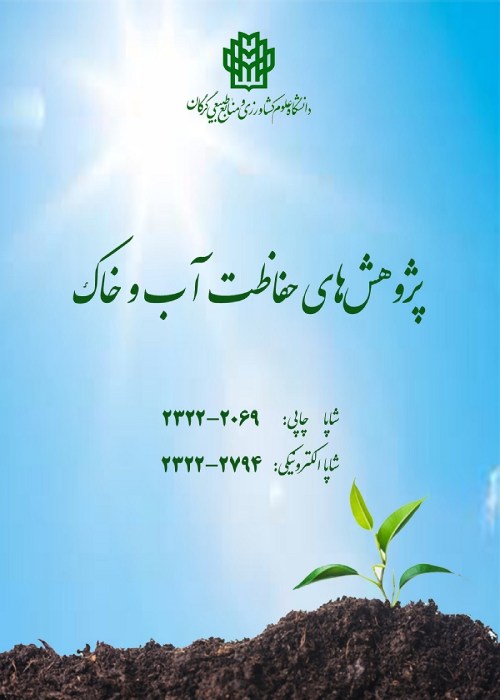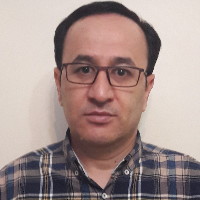Detection and Prediction of Land Use Changes Using Modeling Approach within a GIS Environment (Case Study: Hablehroud Watershed)
Determining the type, extent, and spatio-temporal changes of land use and land cover is very important in determining the hydrological characteristics of watersheds. Satellite data is the fastest and cheapest tools available to researchers in this regard. The study area in this study is Hablehroud watershed, whose flow decline over the past decades resulted in intensification of the conflict between the upstream (the Tehran province) and downstream (the Semnan province) stakeholders. Since, the land use change is considered one of the causes of the watersheds’ hydrological regime, this study aims detect, quantify, and predict the land use changes as well as to analyze the land surface vegetation cover in the Hablehroud watershed.
In this study, in order to identify the land use types of the Hablehroud basin, a supervised object-oriented classification of Landsat series images related to 1987, 2002 and 2019 was performed in Google Earth Engine software. To determine the classification performance, several ground truth points is required. In this study the ground truths were acquired through field visits and consultation of the high-resolution images of the Google map. The Markov chain and CA-Markov models within the MOLUSCE module, which is one of the software extensions of QGIS spatial information system software, wer used to simulate land use changes and analyze their dynamics in the study area. Moreover, the NDVI index was calculated to assess the spatio-temporal changes of the vegetation status of the study area through using the Google Earth Engine software.
The results indicate that the classification method used in this research has an overall accuracy percentage of more than 88 and a Kappa coefficient of more than 0.86 in all the time periods investigated. It is also observed in 2019, compared to 1987, we see an increase in irrigated arable land by about 67.5 square kilometers, an increase in rainfed agricultural land by about 20 square kilometers and an increase in residential areas by about 21 square kilometers. However, the grade 1 and 2 rangelands have decreased, which is about 240 square kilometers in the grade 1 rangelands and about 196 square kilometers in the grade 2 rangelands. While the extent of the poor rangelands has increased by about 327 square kilometers. If this trend continues, during 2019 - 2051, the extent of the irrigated areas, poor and medium class rangelands will increase about 20, 50, and 50 square kilometers, while the extent of the good rangelands will decrease about 127 square kilometers. The extent of the residential lands will increase too. trend. The results also show a significant downward trend in the average NDVI index of the basin, indicating retrogression in the vegetation status of the basin. Vegetation retrogression is more intense around residential areas and rivers and downstream areas of the basin.
The study of land use change trends in Hablehroud basin shows that due to human interventions, in significant parts of the basin, natural vegetation has been replaced by agricultural, horticultural and residential areas. The quality of the dominant natural cover of the region (rangeland) has also undergone a significant retrogression process Therefore, due to population growth, urbanization and development of industries and tourism, sharp decline in the discharge of the Hablehroud basin and the spread of conflict between stakeholders in the region, it is suggested that the main focus of the policies and management measures should be on effective planning, especially the management and optimization of human interventions through the development and implementation of land management plans and optimization strategies and save water consumption in this watershed.
- حق عضویت دریافتی صرف حمایت از نشریات عضو و نگهداری، تکمیل و توسعه مگیران میشود.
- پرداخت حق اشتراک و دانلود مقالات اجازه بازنشر آن در سایر رسانههای چاپی و دیجیتال را به کاربر نمیدهد.




